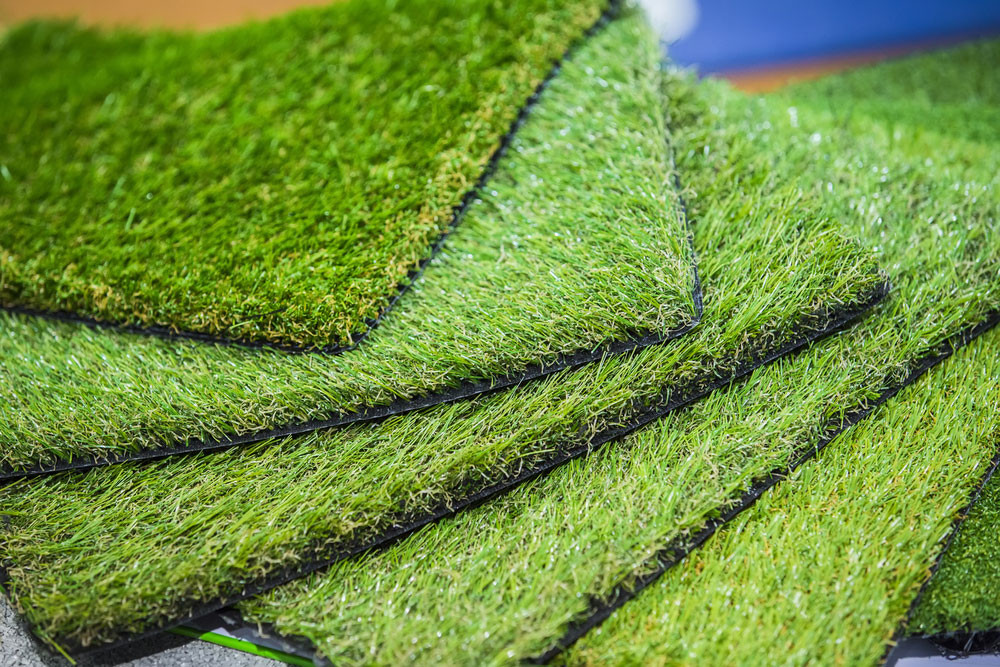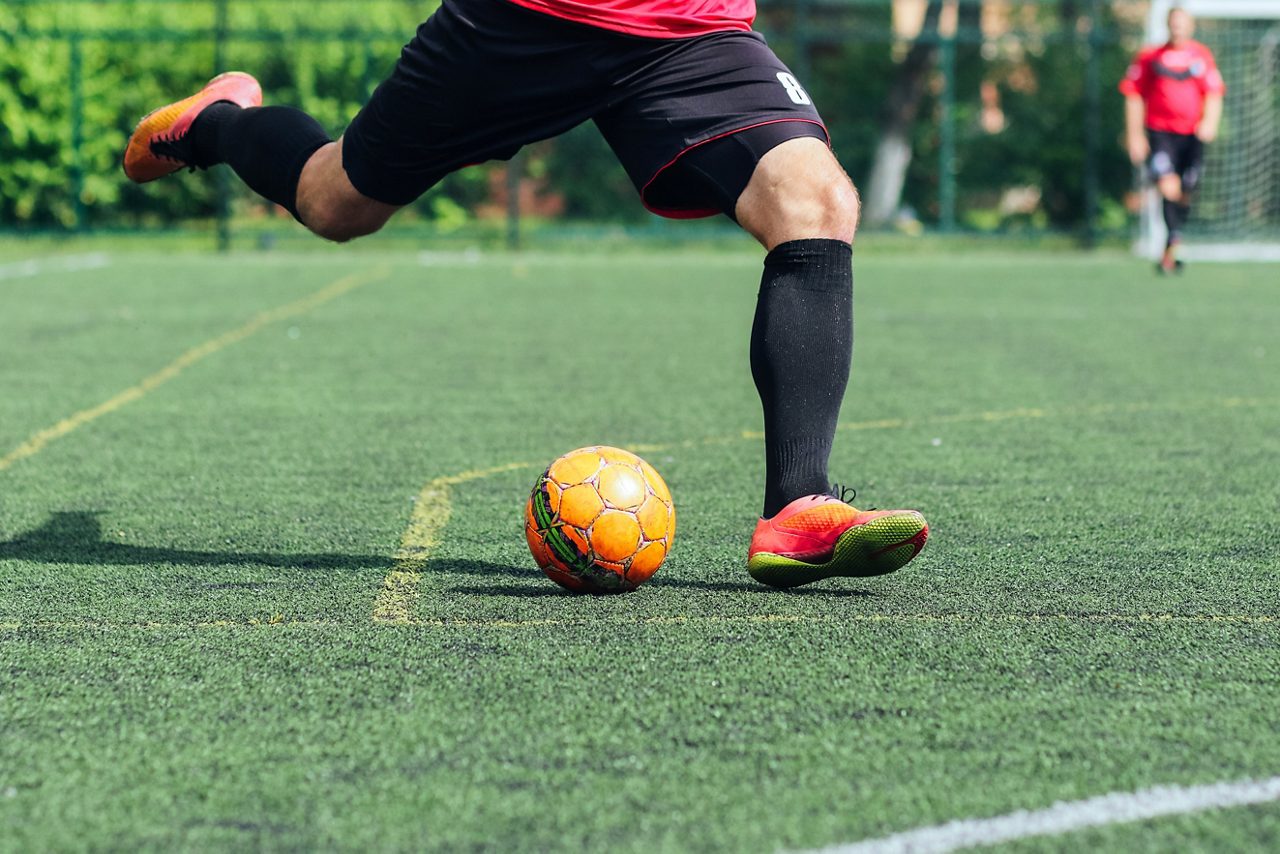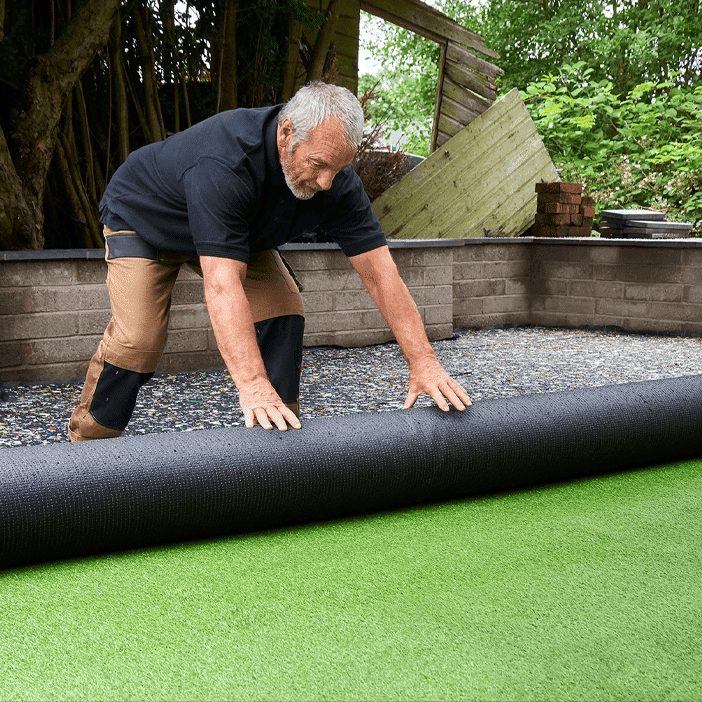Expert Arizona Turf Suppliers Offering a Natural-Looking Lawn Option
Delve Into the Environmental Conveniences of Opting for Artificial Lawn Solutions
The fostering of man-made lawn services presents a compelling opportunity to resolve pressing ecological obstacles. By considerably minimizing water usage and decreasing the application of unsafe chemicals, these options not just promote sustainable landscape design yet additionally protect regional ecological communities.
Water Preservation Advantages
Among one of the most considerable benefits of synthetic grass is its ability to save water. Traditional grass lawns need significant watering, specifically in areas susceptible to dry spell or water limitations. In contrast, artificial turf does not need watering, substantially lowering the total demand for water sources. This attribute is especially useful in deserts where water scarcity is a pushing issue.
By eliminating the demand for routine watering, fabricated turf adds to sustainable landscape methods and assists mitigate the environmental effect of extreme water consumption. Moreover, the preservation of water encompasses the reduction of drainage, which can bring about dirt erosion and river pollution.
In addition, the installation of fabricated grass permits districts and home owners to allocate water resources more successfully, concentrating on crucial usages such as alcohol consumption water and agriculture. The shift in the direction of synthetic turf not only advertises responsible water usage however additionally straightens with wider ecological goals focused on preserving natural resources.
As neighborhoods progressively prioritize sustainability, the water conservation advantages of synthetic grass provide an engaging case for its adoption in commercial and residential landscape design projects.
Reduced Chemical Use
The change to artificial turf significantly reduces the reliance on chemical therapies frequently used in natural lawn maintenance. Typical lawn administration generally includes the application of chemicals, fertilizers, and herbicides to advertise development and control insects. These chemicals can posture dangers to human health and wellness, local wildlife, and the setting, adding to soil and water contamination.
In comparison, man-made lawn eliminates the demand for these harmful substances. By minimizing the release of artificial compounds right into the ecosystem, synthetic turf promotes much healthier soil and water systems.
In addition, the lack of chemical overflow connected with synthetic grass installments assists protect neighborhood waterways from pollution, sustaining marine life and preserving biodiversity. Phoenix turf companies. As areas increasingly prioritize sustainable techniques, deciding for synthetic grass provides a sensible service that aligns with environmental conservation goals. Through this shift, homeowner can take pleasure in rich green areas without compromising ecological health, leading the way for an extra sustainable future
Lower Carbon Impact

Furthermore, the installation of synthetic grass can lead to considerable water preservation. All-natural lawns call for substantial amounts of water for watering, which not only includes to the carbon footprint connected site web with water extraction and treatment however likewise stress regional water sources. On the other hand, man-made lawn needs marginal maintenance, requiring no watering, thereby dramatically decreasing water use and its linked power prices.
Additionally, the longevity of synthetic turf adds to its decreased carbon influence. With a life expectancy of up to 15 years or more, the requirement for constant substitutes is diminished, leading to much less waste and reduced power intake in manufacturing and dealing with typical turf alternatives. Overall, synthetic grass provides a lasting choice for environmentally mindful landscape design.
Environment Conservation
Environment preservation is a vital consideration in the dispute over landscape design choices, particularly when comparing synthetic grass to all-natural yard. Natural turf yards often need substantial maintenance, consisting of making use of pesticides, herbicides, and fertilizers, which can negatively influence neighborhood ecosystems. These chemicals can leach into the soil and waterways, hurting native plants and fauna and interfering with regional environments.
In contrast, synthetic grass offers an opportunity to decrease the environmental impact of landscaping. By going with artificial turf, homeowners can decrease the disturbance of all-natural habitats connected with standard grass care practices. Man-made grass removes the demand for dangerous chemicals, thereby securing close-by wildlife and keeping the stability of bordering communities. In addition, the installation of synthetic turf can cause the Get More Info conversion of former turf areas right into even more biodiverse landscapes, such as pollinator gardens or native plant areas, which can support local wild animals.
Inevitably, the change to fabricated lawn not only preserves water and lowers maintenance efforts however additionally cultivates a much more unified partnership between human tasks and the native environment, advertising environment preservation at the same time.
Long-Term Sustainability
Lasting sustainability is a vital consider assessing the benefits of artificial turf over standard yard lawns. One of one of the most substantial advantages of man-made lawn is its resilience; it can last approximately 15-20 years with very little upkeep, whereas natural turf needs frequent reseeding and substitute. This durability lowers the need for constant resources, such as water, fertilizers, and pesticides, which are essential for keeping a healthy and balanced yard yard.
In addition, synthetic grass adds to a reduction in carbon discharges connected with grass treatment devices. Standard grass frequently call for gas-powered mowers, leaners, and blowers, every one of which add to air pollution. Arizona artificial turf. On the other hand, man-made lawn removes the requirement for such equipment, advertising a cleaner setting
In addition, the manufacturing of synthetic grass increasingly utilizes recycled materials, improving its sustainability profile. As producers take on environment-friendly techniques, the ecological impact of synthetic grass remains to lessen.

Final Thought
The adoption of man-made turf solutions presents significant ecological benefits, consisting of significant water preservation, lowered dependence on damaging chemicals, and a reduced carbon impact. Additionally, synthetic lawn aids in preserving natural habitats by reducing land disturbance and promoting long-term sustainability via making use of sturdy materials. Collectively, these elements highlight the possibility of synthetic grass to add positively to environmental health and supply a feasible choice to conventional landscaping techniques in a progressively resource-conscious world.
In contrast, artificial lawn does not require watering, significantly reducing the general demand for water resources. By minimizing the launch of artificial substances right into the ecological community, fabricated grass promotes much healthier you could look here dirt and water systems.
In addition, the installment of synthetic turf can result in substantial water preservation. In comparison, artificial turf requires marginal maintenance, needing no watering, consequently significantly minimizing water usage and its connected power prices.
